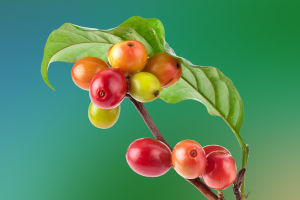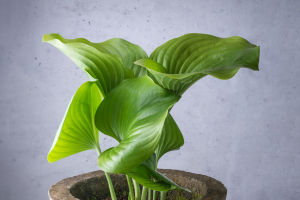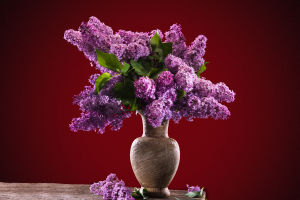Crocuses:Early Bloomers
Hey Lykkers! The Crocus is one of the earliest flowers to bloom, announcing the arrival of spring with its vibrant colors and delicate petals. Often appearing while the ground is still blanketed in frost, these small but mighty flowers symbolize renewal and hope.
Crocuses are a favorite among gardeners and flower enthusiasts for their beauty, versatility, and easy care.
What Makes Crocus So Special?
1. A Herald of Spring
The Crocus is often one of the first flowers to emerge after winter, sometimes poking through snow to showcase its vivid colors. This resilience makes it a symbol of endurance and the promise of warmer days ahead. With varieties in shades of purple, yellow, white, and even striped combinations, Crocuses add a pop of color to any garden or landscape.
2. Easy to Grow and Maintain
Crocuses are popular for their low-maintenance nature. They thrive in well-drained soil and can grow in full sun or partial shade, making them adaptable to various garden environments. Once planted, Crocuses require little attention, making them perfect for both novice and experienced gardeners. They are also resistant to deer and rabbits, ensuring their blooms remain intact throughout the early spring season.
Types of Crocuses You Should Know
There are over 90 species of Crocuses, but a few stand out for their beauty and popularity in gardens:
1. Crocus Vernus (Spring Crocus)
One of the most common types, the Spring Crocus blooms in early to mid-spring. Its large, goblet-shaped flowers come in vibrant purples, whites, and yellows. They are often planted in clusters to create a stunning ground cover.
2. Crocus Sativus (Saffron Crocus)
Known for producing saffron, the world's most expensive spice, the Saffron Crocus blooms in fall. Its purple flowers have bright orange-red stigmas that are harvested for saffron. Though slightly more delicate, it is still easy to grow in the right conditions.
3. Crocus Chrysanthus (Snow Crocus)
These are among the earliest bloomers, often appearing in late winter or early spring. The Snow Crocus is smaller than the Spring Crocus, with petite, fragrant flowers in yellow, blue, and white shades. They are perfect for rock gardens or naturalizing in lawns.
How to Plant and Care for Crocuses
1. Choosing the Right Location
Crocuses thrive in well-drained soil and prefer sunny spots, although they can tolerate partial shade. When selecting a location, consider areas that receive full sun in the spring but may be shaded by deciduous trees in the summer.
How to Grow a Crocus Lawn - Autumn Bulb Growing Tips for Winter Flowers
Video By monalogue
2. Planting Crocus Bulbs
Plant Crocus bulbs (technically called corms) in the fall, about 6-8 weeks before the ground freezes. Plant them about 3-4 inches deep and 2-3 inches apart. For a more natural look, scatter the corms by hand and plant them where they land.
3. Watering and Fertilizing
Crocuses do not require much water. Water them well after planting, and then only if the soil becomes very dry. They also don’t need much fertilizer; a light application of balanced fertilizer in the fall and after blooming is sufficient.
Creative Ways to Use Crocuses in Your Garden
1. Naturalizing Lawns
Plant Crocuses in clusters in grassy areas to create a natural, meadow-like effect. As they bloom early, the flowers will appear and disappear before it’s time to mow the lawn in late spring.
2. Rock Gardens
The small size of Crocuses makes them ideal for rock gardens. Their bright blooms provide a striking contrast against stones and rocks, adding color to otherwise barren spaces.
The Symbolism and Uses of Crocuses
Crocuses have deep cultural and symbolic meanings. They are often associated with youth, joy, and cheerfulness due to their vibrant appearance and early blooming. In ancient times, they were thought to have healing properties and were used in various medicinal remedies.
The Saffron Crocus, in particular, has a rich history. Saffron, derived from the stigmas of the Crocus Sativus, has been used for thousands of years in cooking, dyeing, and traditional medicine. Today, saffron is prized for its unique flavor, color, and health benefits.
The Crocus may be small, but it has a big impact on gardens and hearts alike. With their bright, cheerful flowers, ease of care, and rich history, Crocuses are a wonderful addition to any landscape. Whether you’re a seasoned gardener or just starting out, planting Crocuses is a rewarding way to welcome spring and enjoy nature’s resilience and beauty.


